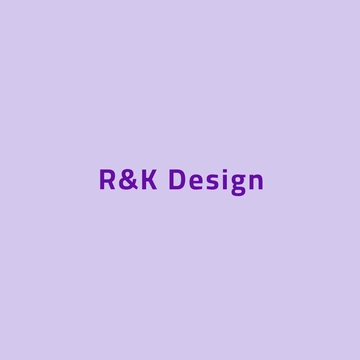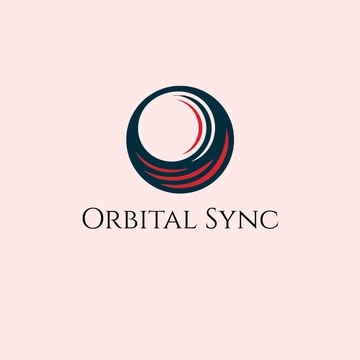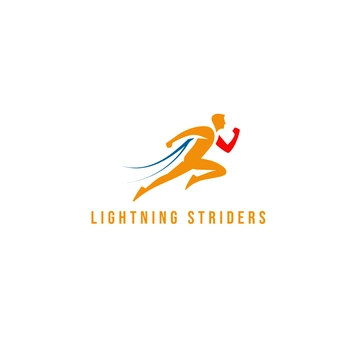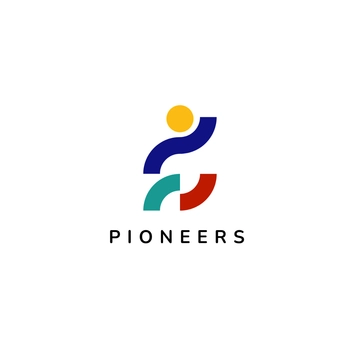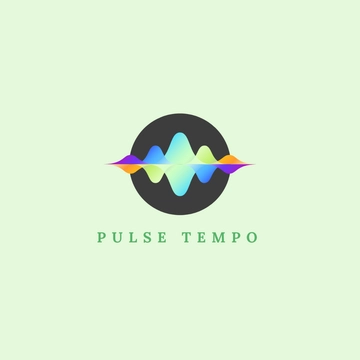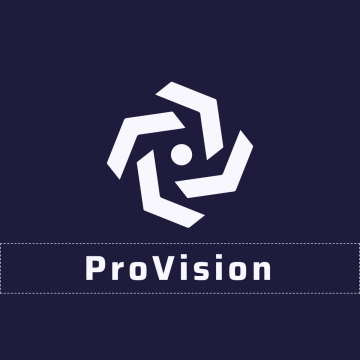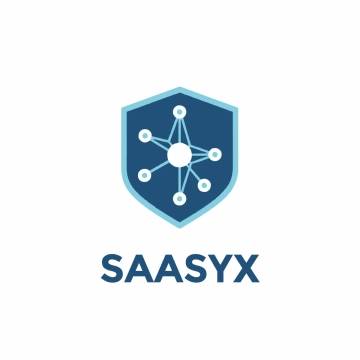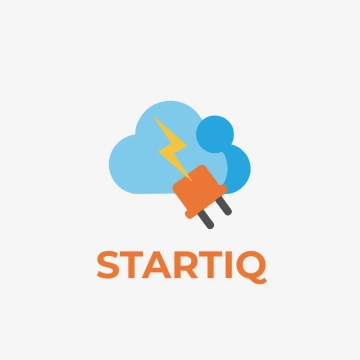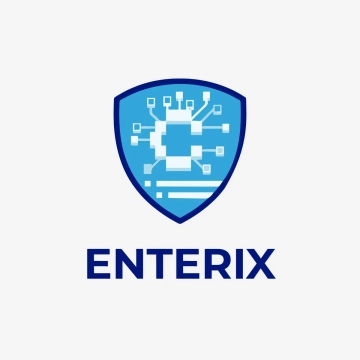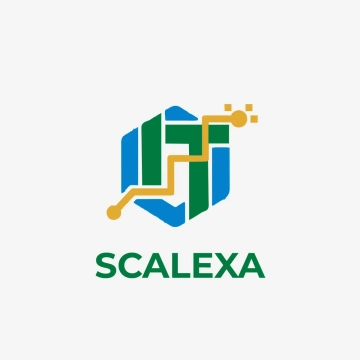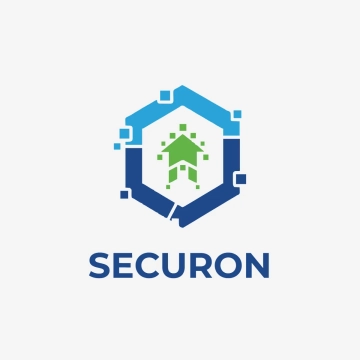Free Logo Case Study
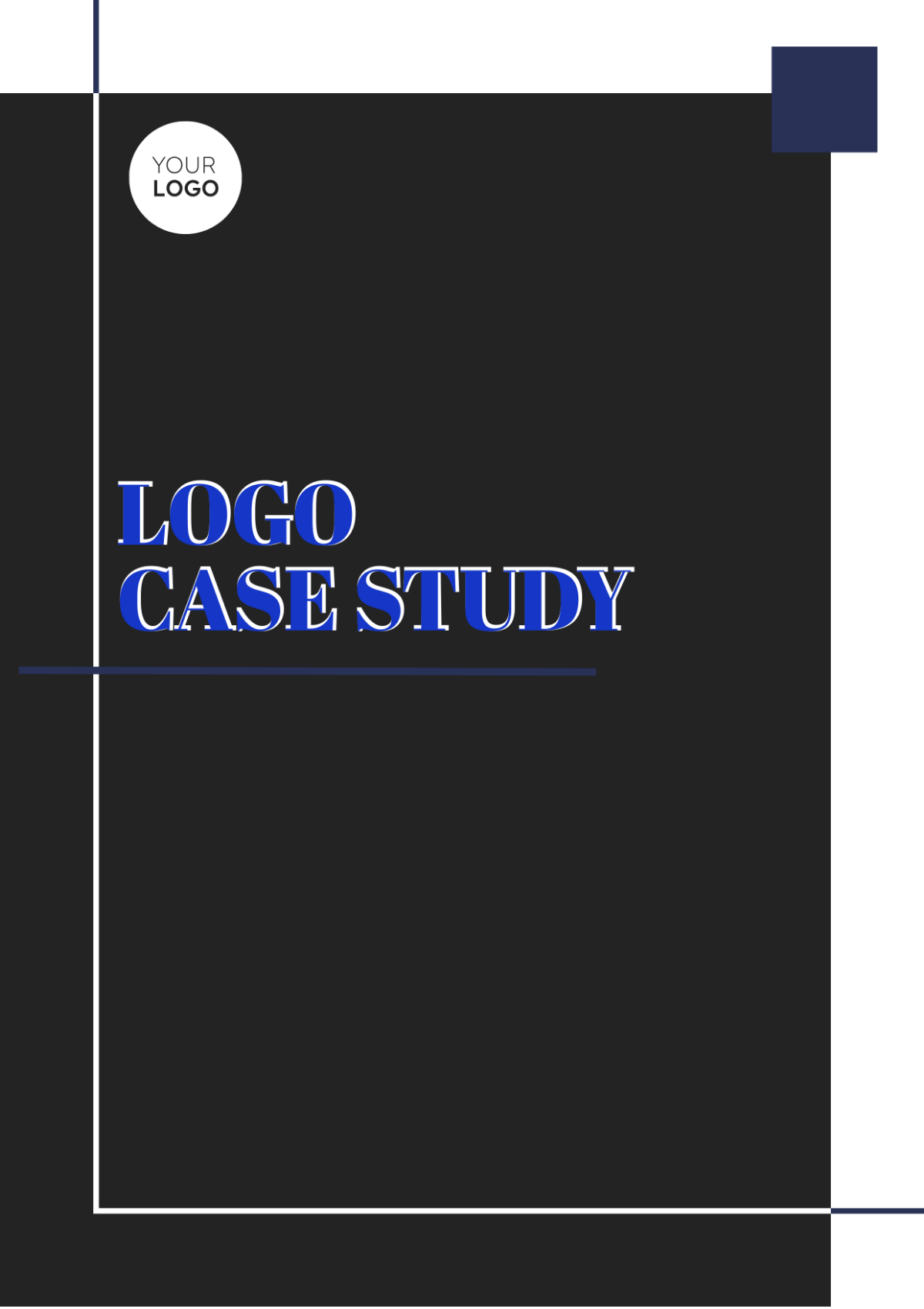
I. Introduction
The [Project Name] Logo Case Study explores the design journey behind creating a distinctive visual identity for [Client Name], a leading [industry sector] company.
A logo serves as the cornerstone of brand identity, embodying the essence of a company and communicating its values to the target audience.
II. Objectives
Increase brand recall among [target audience demographics] by 20% within the first six months of logo implementation.
Develop a logo that reflects [Client Name]'s commitment to [unique selling points] while setting them apart from competitors in terms of design aesthetics.
Ensure scalability and adaptability of the logo design for seamless integration across digital platforms, print collateral, and merchandise.
III. Client Background
|
|
|
|
IV. Research and Discovery
|
|
|
|
V. Design Process
The design process commenced with a series of collaborative workshops to define the brand essence, followed by extensive sketching and digital rendering.
Addressed challenges such as balancing brand tradition with modernity and ensuring cultural sensitivity in global markets.
VI. Concept Exploration
Presented six distinct logo concepts, ranging from minimalist wordmarks to abstract symbols, each conveying a unique aspect of [Client Name]'s brand identity.
Explained how each concept aligned with the client's objectives and resonated with the target audience during focus group testing.
VII. Design Elements
Utilized a bold sans-serif typeface paired with a vibrant color palette to evoke energy and innovation, complemented by an abstract icon symbolizing [key brand attribute].
Choose colors [specific color codes] to evoke feelings of trust and reliability while reflecting [Client Name]'s corporate values.
VIII. Execution
Application examples: Showcased the final logo design across various touchpoints, including website mockups, business cards, product packaging, and promotional merchandise.
Consistency: Ensured consistent application of brand elements across all mediums to reinforce brand recognition and cohesion.
IX. Feedback and Revisions
|
|
|
|
X. Results and Impact
|
|
|
|
XI. Conclusion
The [Project Name] Logo Case Study underscores the importance of strategic design thinking in creating impactful brand identities that resonate with target audiences.
Through collaboration and iterative refinement, the final logo design successfully encapsulates [Client Name]'s brand essence and sets them apart in a competitive market landscape.
XII. Credits
Acknowledgment goes to the design team led by [Lead Designer Name] and the invaluable contributions of [Client Name]'s marketing team.
Inspiration drawn from design trends showcased at industry conferences and insights shared by thought leaders in branding and visual identity.
XIII. Appendix (Optional)
Included mood boards, early design sketches, and design iterations to provide additional context and insight into the creative process.
Prepared By:
[Your Name]
[Your Company Name][Date]
- 100% Customizable, free editor
- Access 1 Million+ Templates, photo’s & graphics
- Download or share as a template
- Click and replace photos, graphics, text, backgrounds
- Resize, crop, AI write & more
- Access advanced editor
Unveil the creative process behind iconic logos with Template.net's Logo Case Study Template. Ideal for designers and branding professionals, this editable and customizable template streamlines your case study creation process. With our Ai Editor Tool, customize your content effortlessly, ensuring your logo case studies showcase innovation and brand identity effectively.
You may also like
- Gaming Logo
- Football Logo
- Photography Logo
- Company Logo
- Name Logo
- Real-Estate Logo
- Wedding Logo
- Circular Logo
- Sports Logo
- Restaurant Logo
- Cafe Logo
- Gym Logo
- Education Logo
- Cricket Logo
- Beauty Logo
- Fashion Logo
- Travel Logo
- Construction Logo
- Bakery Logo
- Cleaning-Services Logo
- Music Logo
- Dj Logo
- Church Logo
- Hotel Logo
- Event Logo
- Interior-Design Logo
- Medical Logo
- Flower Logo
- Architecture Logo
- Health Logo
- Marketing Logo
- Finance Logo
- Text Logo
- Youtube Logo
- Podcast Logo
- Non-Profit Logo
- Digital-Marketing Logo
- Spa Logo
- Law-Firm Logo
- It Logo
- Transport Logo
- School Logo







